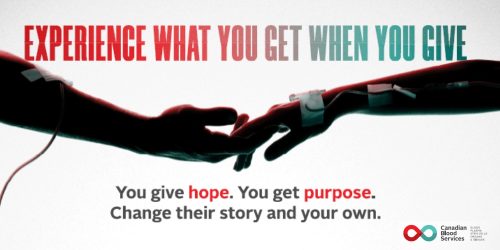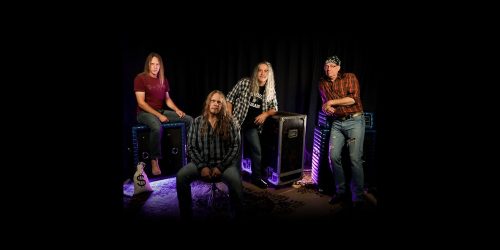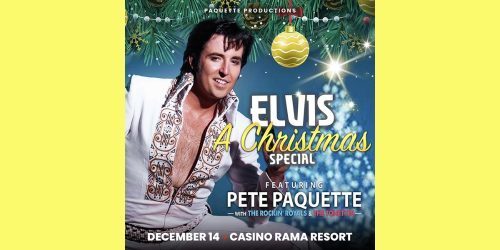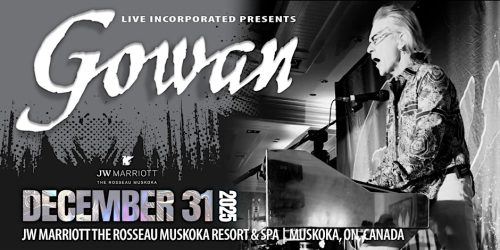From Vinyl to Viral: How Radio Has Evolved and Why It Still Matters
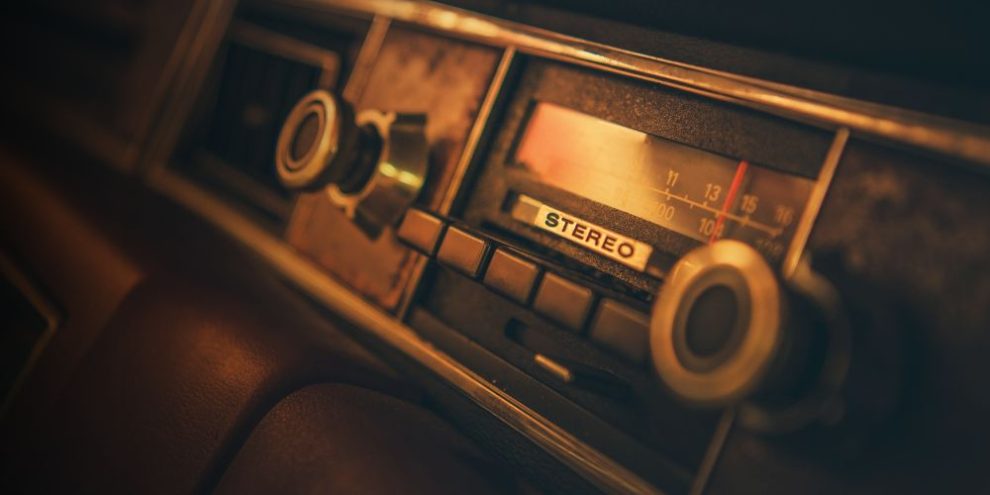
You probably grew up hearing your favorite songs on the radio. Maybe it was on your parents’ old AM/FM dial or on your car radio during a summer drive. But radio isn’t just nostalgia … it’s an evolving medium that’s adapted through decades of technology, trends, and changing listening habits.
Here at Rock 95, we’re proud to keep that tradition alive while embracing the digital age.
Snag Our Newsletter
It All Started With A Good Story
Long before DJs were spinning records, radio was about connection and storytelling.
In the early 1900s, families would gather around a single radio to hear news bulletins, serialized dramas, live theater performances, and educational programs. These broadcasts created a shared experience, connecting listeners across cities, towns, and neighborhoods.
Music eventually made its way onto the airwaves, performed live by orchestras, pianists, and small bands in the studio. Every note was fleeting, every song a once-in-a-moment event. These early broadcasts laid the foundation for what radio would become: a medium that could entertain, inform, and unite communities.
From Stories to Spinning Records
By the 1930s and 1940s, technology improvements allowed recorded music to enter the picture. Vinyl records meant stations could play the same song repeatedly, giving audiences access to hits they might never hear live. With this shift came the rise of the DJ … a new voice that could blend the art of storytelling with music selection.
DJs didn’t just play songs, they created moments. They energized morning commutes, sparked conversations at school or work, and connected listeners through shared experiences. In many ways, they became the voice of a generation, shaping what people heard, what they danced to, and even how they expressed themselves.
People like Martin Block, who hosted “Make Believe Ballroom” in the 1930s, blurred the line between live performance and recorded music, giving listeners the feeling of a live concert from their own living rooms.
Alan Freed, the “Father of Rock ‘n’ Roll,” popularized rhythm and blues on mainstream radio in the 1950s, helping break barriers and shaping popular culture.
These early DJs understood that radio wasn’t just about broadcasting songs. It was about creating a lifestyle and giving people a place to feel connected. Their personalities, enthusiasm, and knowledge of music transformed radio from a technical novelty into a cultural force, setting the template for generations of DJs to come.
The Cassette and CD Era: Personal Choice Meets Radio
By the 1970s and 1980s, cassette tapes and CDs gave listeners more control over their personal music libraries. Mixtapes became a cultural phenomenon, letting people curate their own soundtracks for road trips, workouts, and late-night drives. And yet, radio remained deeply relevant and for good reason.
Stations like Rock 95 weren’t just playing songs … they were connecting listeners to the culture of music itself. They introduced new hits before they topped the charts, spotlighted local bands who might never get mainstream attention, and provided personalities who felt like friends you could tune in to every day. Morning shows, countdowns, and specialty programs became rituals, anchoring people’s days and giving them shared experiences to talk about with family, friends, and coworkers.
Radio offered immediacy and serendipity that mixtapes or CDs couldn’t. You never knew when a DJ would debut a track that would become your new favorite, or when a spontaneous conversation or shoutout would make you feel seen and connected.
For listeners, radio was a companion, a cultural guide, and a constant thread through the soundtrack of daily life.
Satellite and Online Radio: Expanding the Reach
The early 2000s brought satellite and online radio, allowing stations to reach listeners far beyond local broadcast ranges. Suddenly, a favorite Rock 95 show wasn’t just a hometown treasure, it could be heard anywhere with an internet connection.
Even as the technical reach expanded, the reason people tuned in didn’t change: radio was immediate, personal, and human. Listeners could call in, enter contests, request songs, and feel part of a community … even if they were halfway across the country.
For an independently owned station like Rock 95, this connection was even more meaningful. We weren’t just delivering music. We were sharing stories, championing local talent, and being a voice that reflected our listeners’ lives and experiences in ways big corporate stations often couldn’t.
Our website became an extension of that community, offering exclusive content, show recaps, playlists, behind-the-scenes stories, and ways for listeners to interact with their favorite hosts anytime, anywhere.
Social Media and Viral Culture: Radio in the Digital Age
Today, radio intersects with social media, viral culture, and on-demand formats like podcasts. Clips of live shows, interviews, and performances are shared online, turning local personalities into social media influencers.
Podcasts allow listeners to catch up on moments they may have missed, dive deeper into music, and engage with DJs on their own schedule. Platforms like Instagram, TikTok, and YouTube amplify these connections, bringing the station and its personalities into real time with the audience.
Yet even as content goes viral, radio retains its distinct value.
We still hear from listeners who remember calling in for their first song request decades ago and now their kids are tuning in too. It’s a reminder that radio isn’t just a medium … it’s a shared experience that spans generations.
It’s curated, human, and interactive. Algorithms can recommend songs, but they can’t replicate the thrill of a morning DJ playing your favorite band’s single, the excitement of a live concert giveaway, or the shared experience of local news and community updates.
Radio still creates moments that listeners experience together … even when they’re apart … and it remains a trusted, familiar presence in a world that constantly changes.
Why Radio Still Matters
Radio is more than music. It’s a lifestyle. It’s the beat behind your morning routine, the soundtrack to road trips, the companion to late-night drives. It informs, entertains, and connects communities.
From the stories that first filled living rooms to vinyl hits, mixtapes, and viral moments online, radio has been a constant companion.
At Rock 95, that tradition continues, and we’re proud to share it with every listener, old and new.
Snag Our Newsletter
Hit that button like you’re pressing play on your favourite track. get exclusive content, stories, and news.



